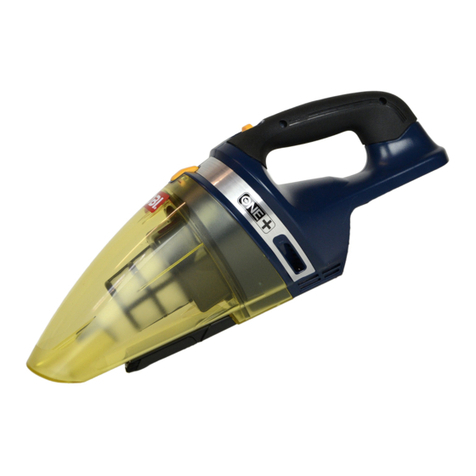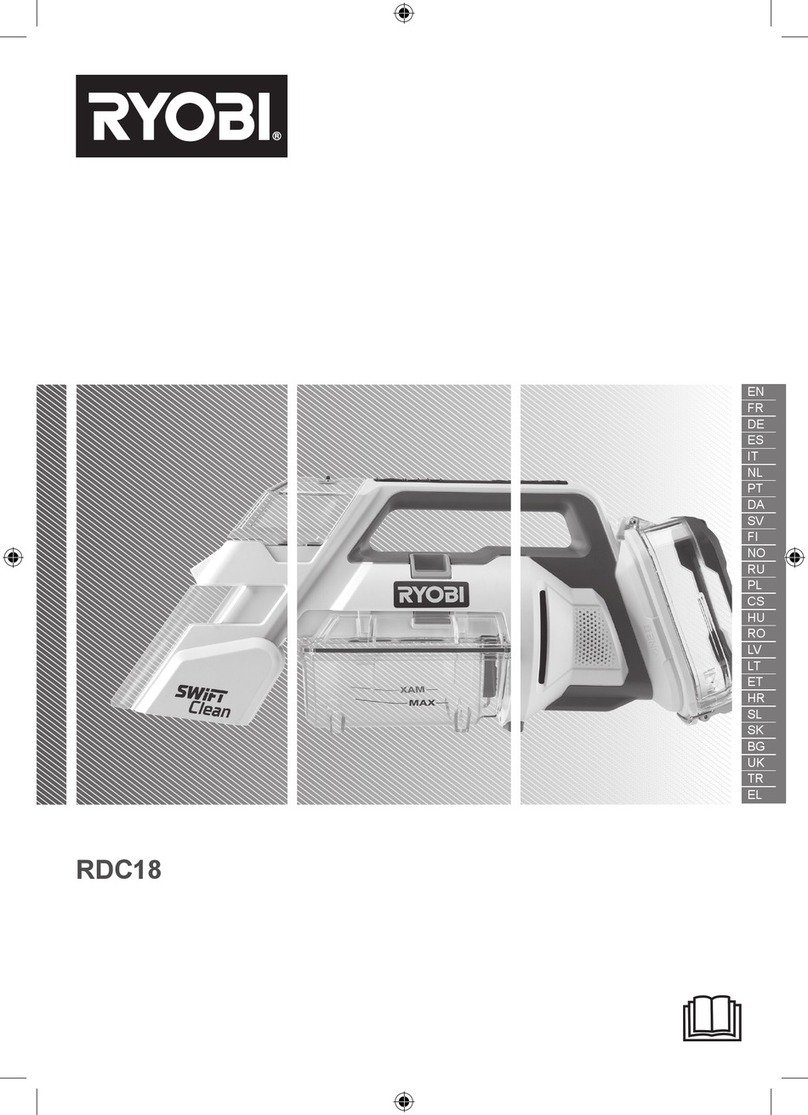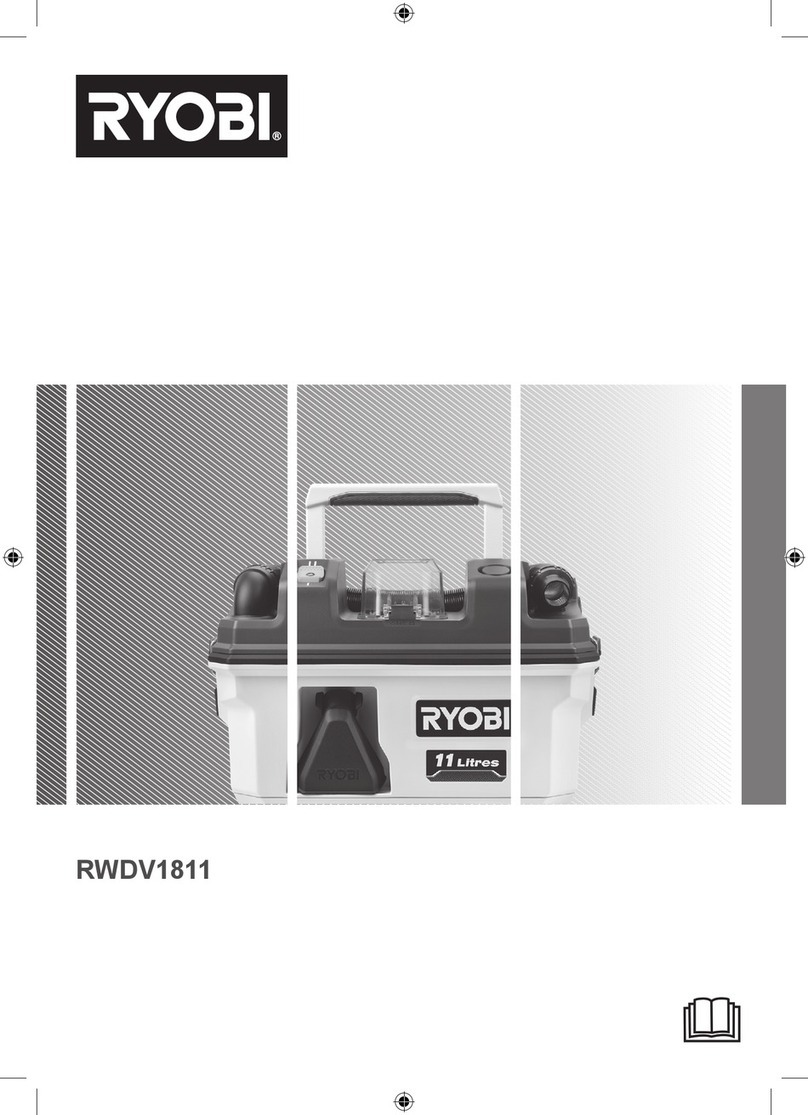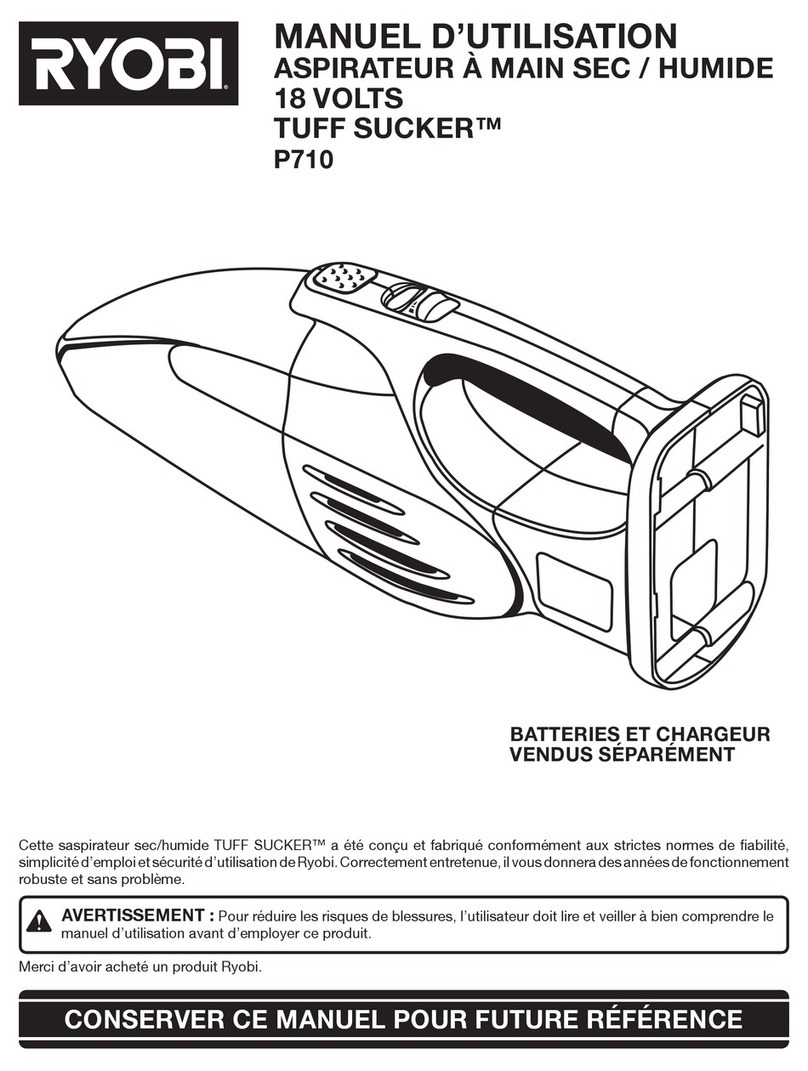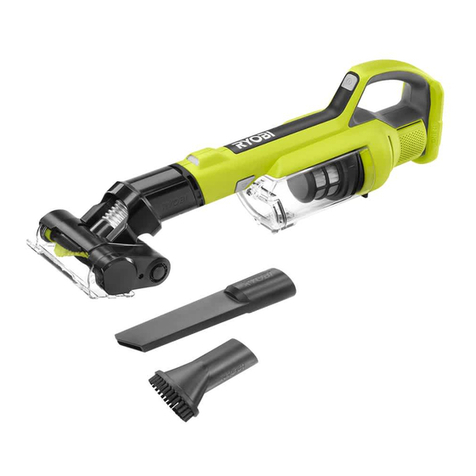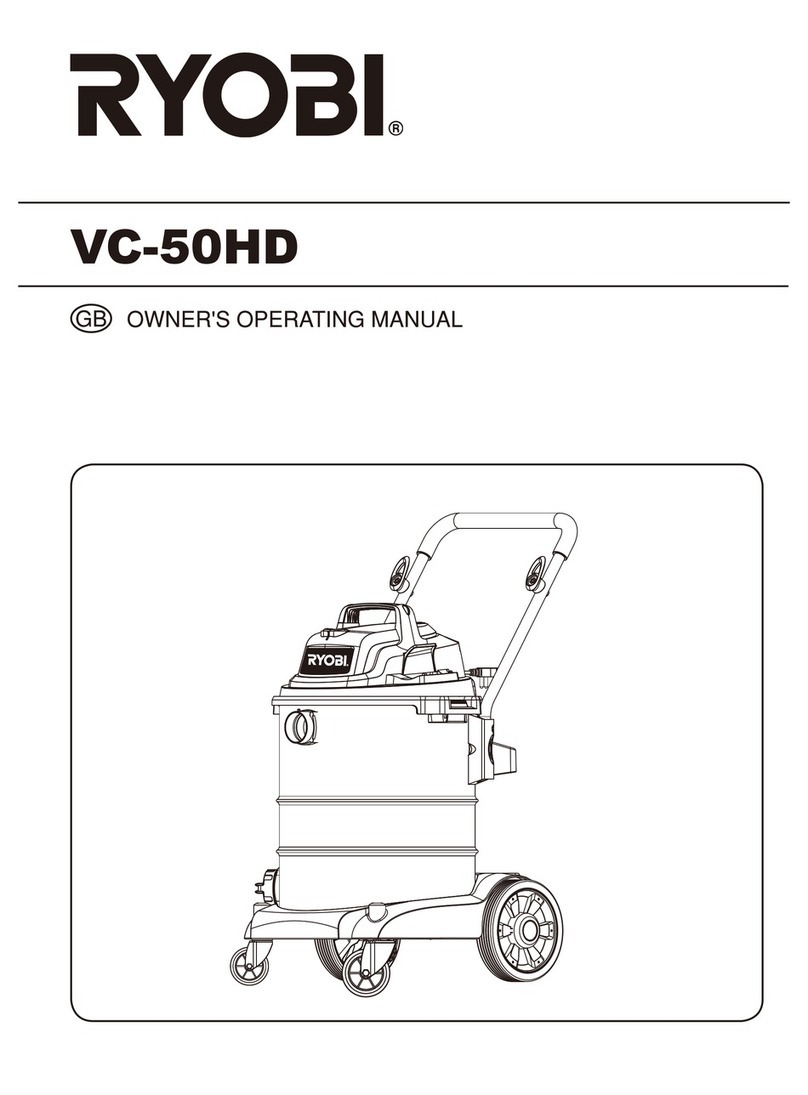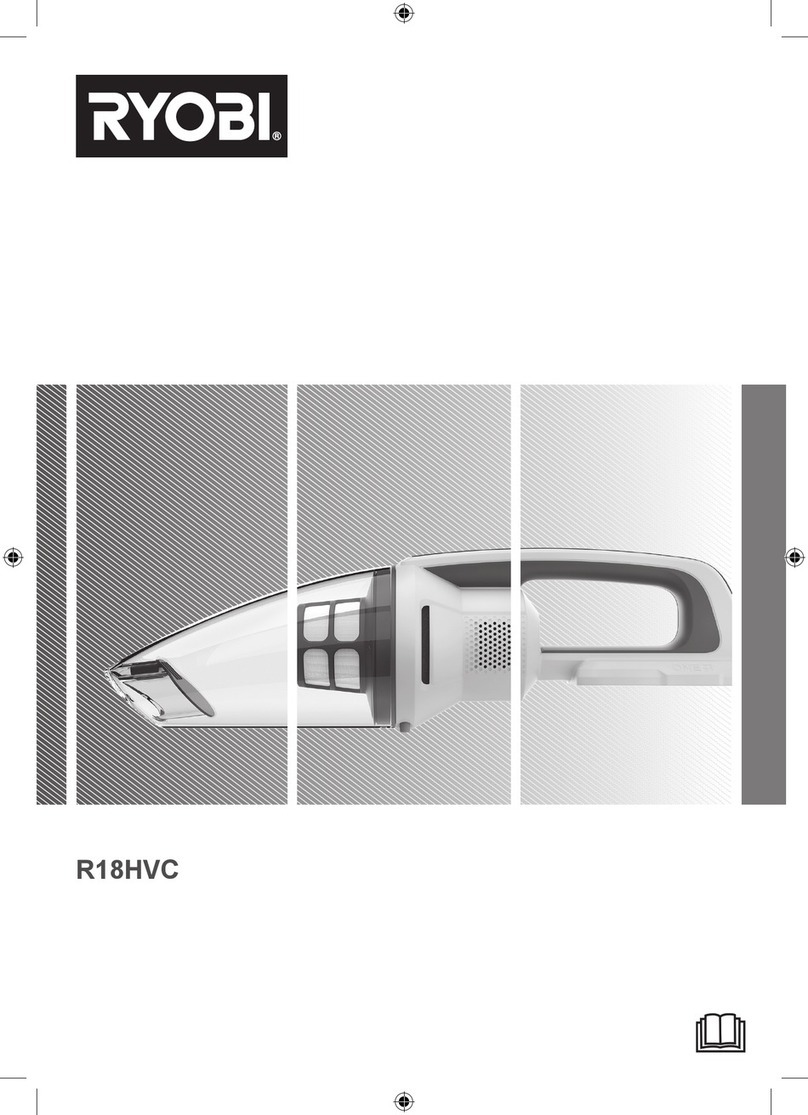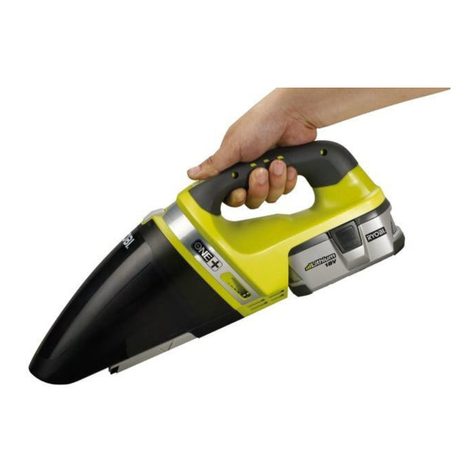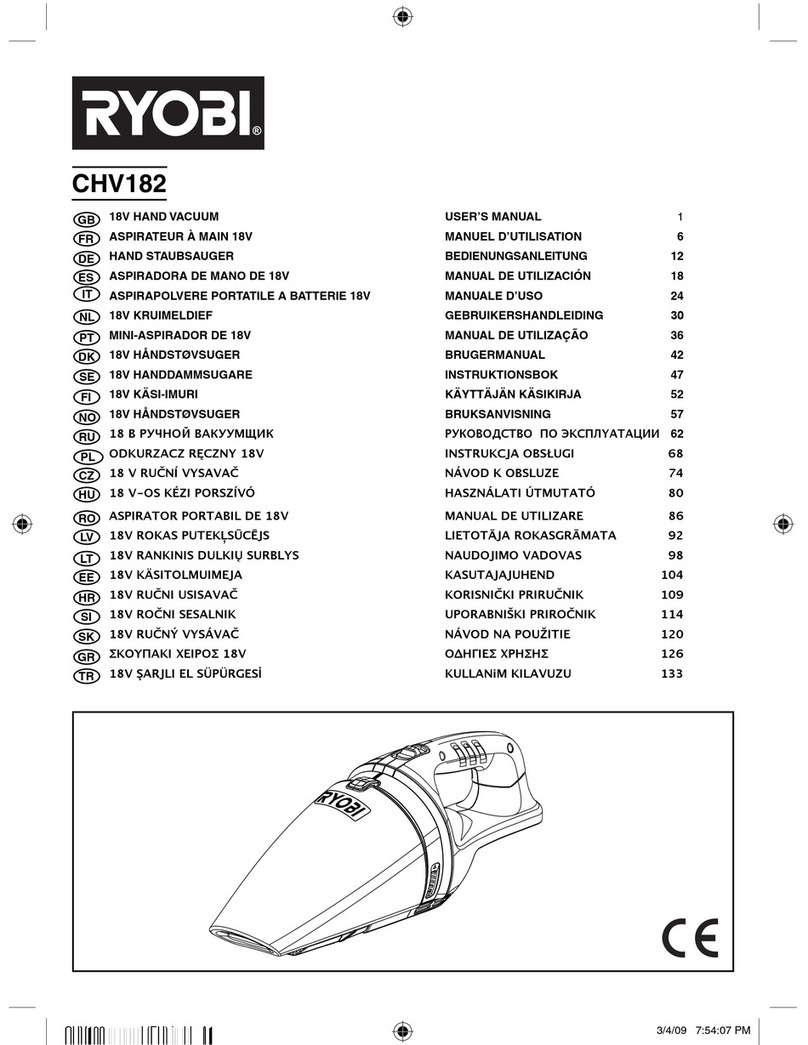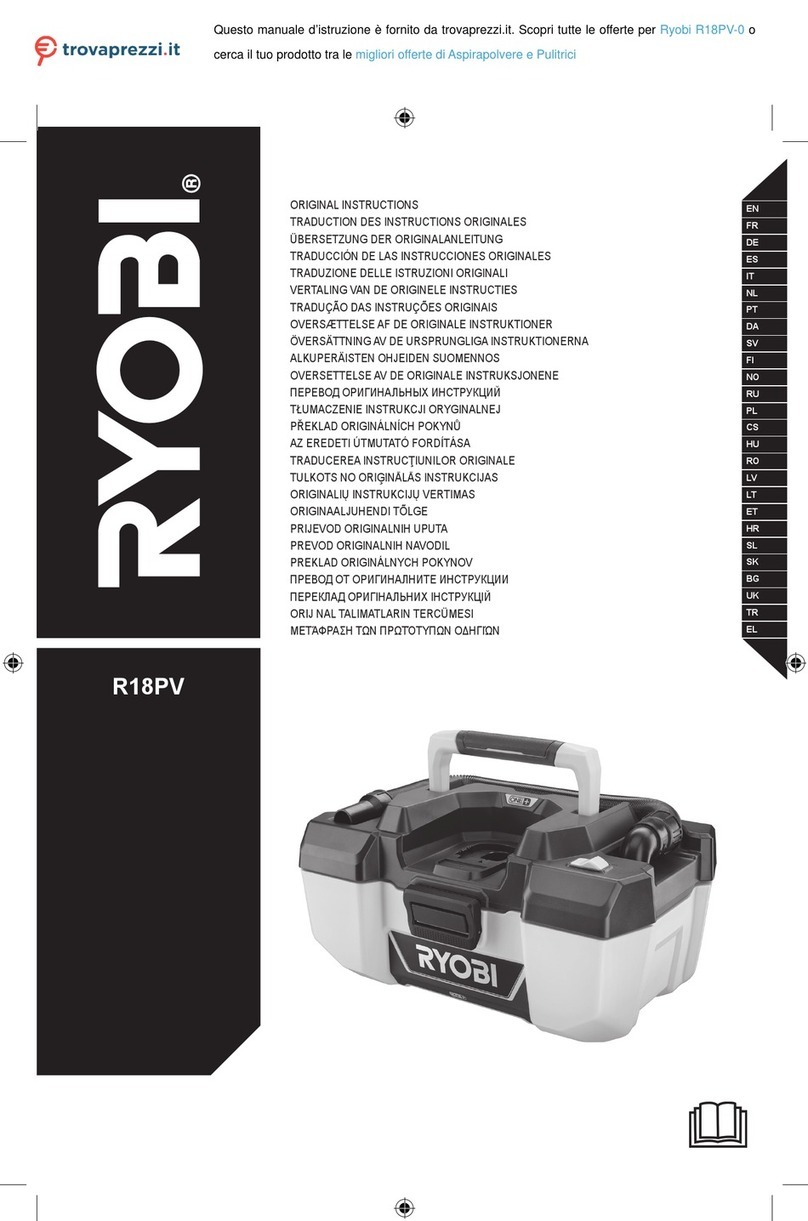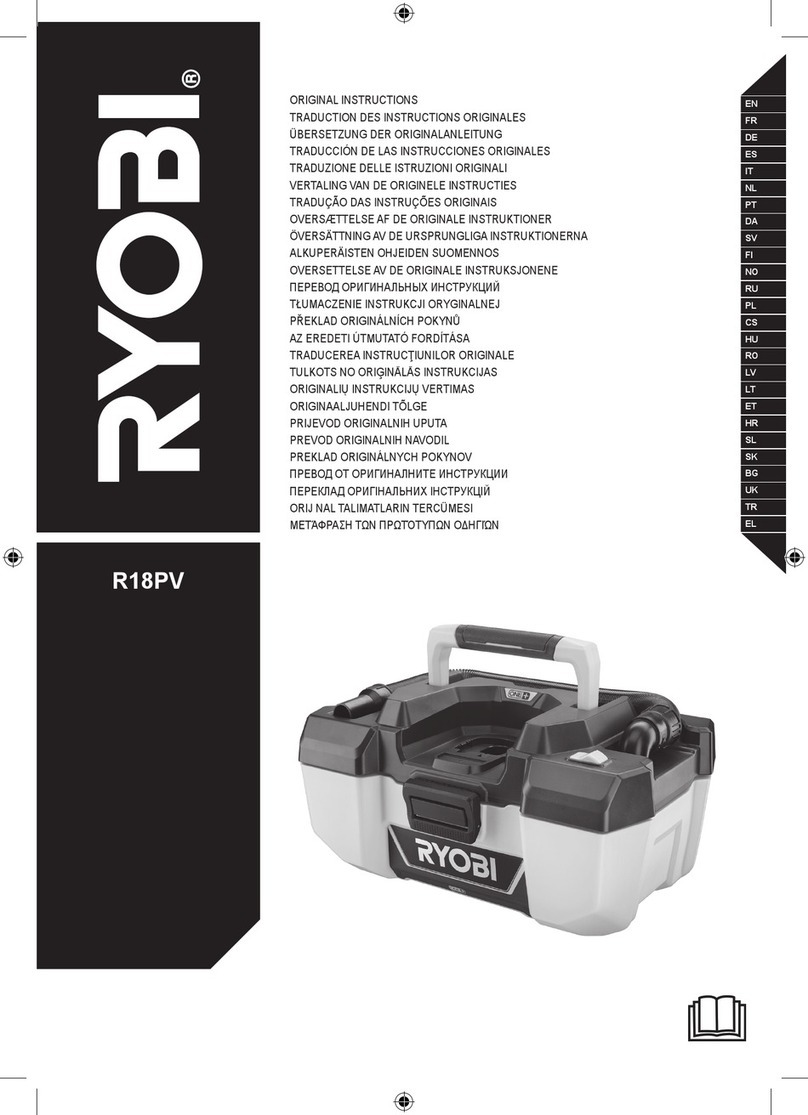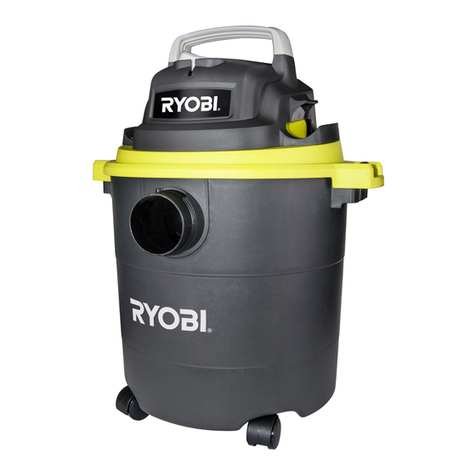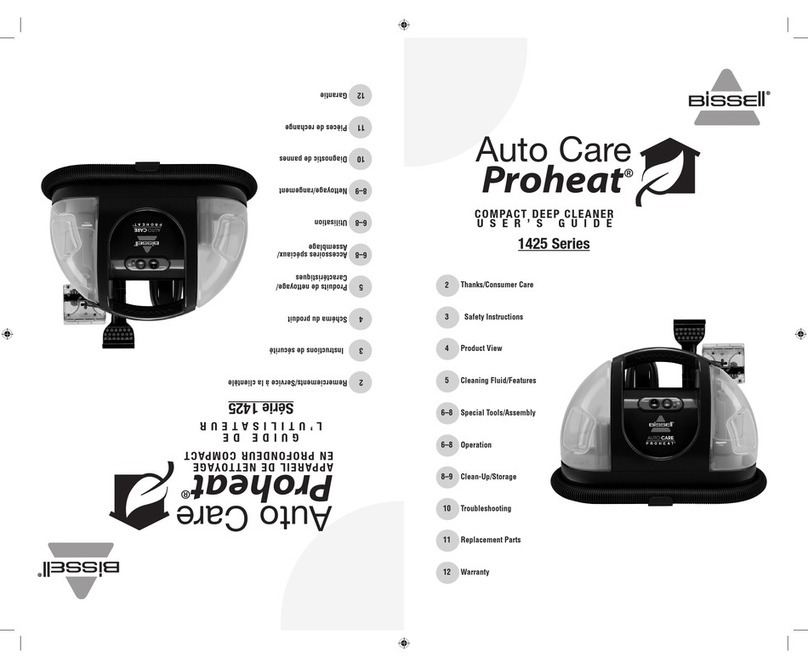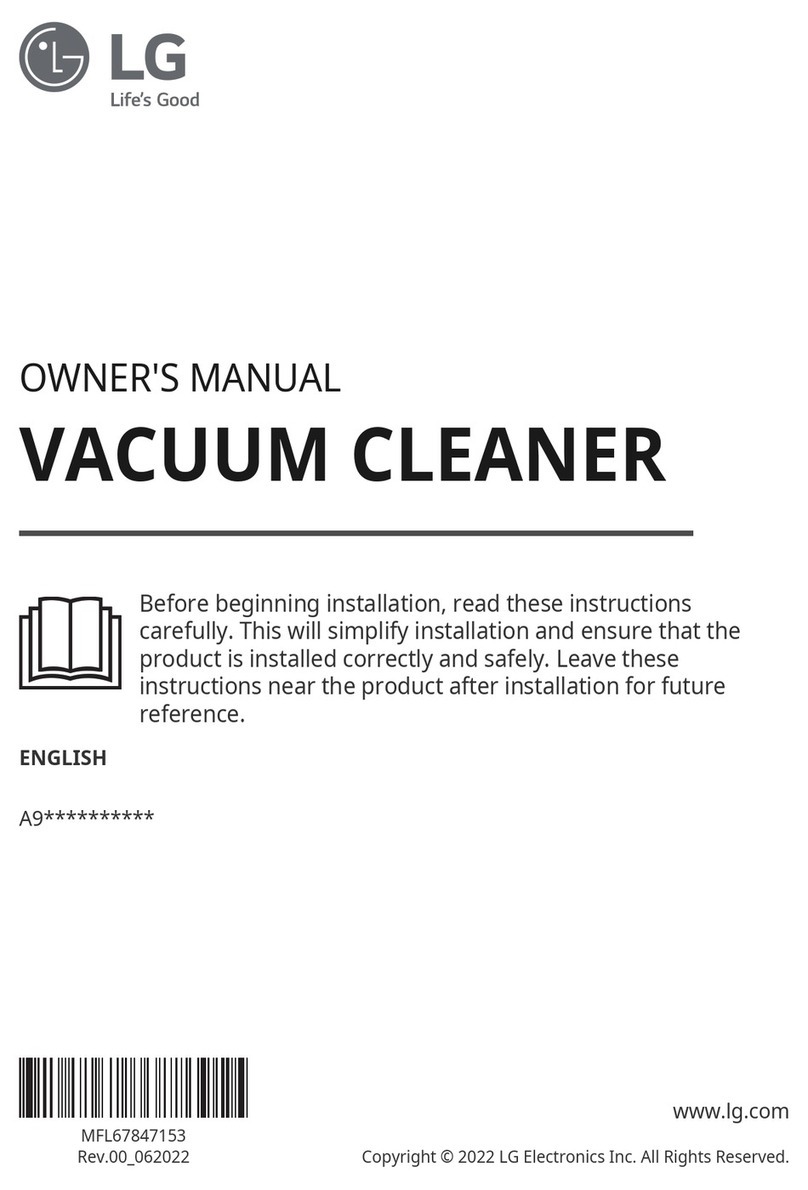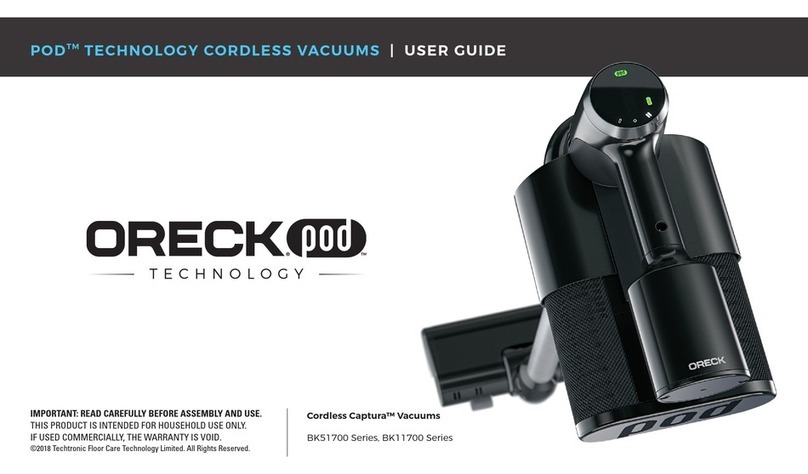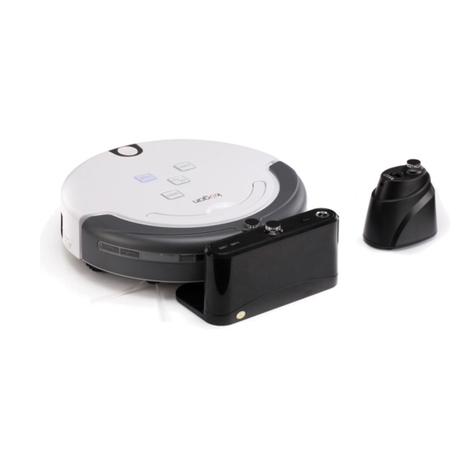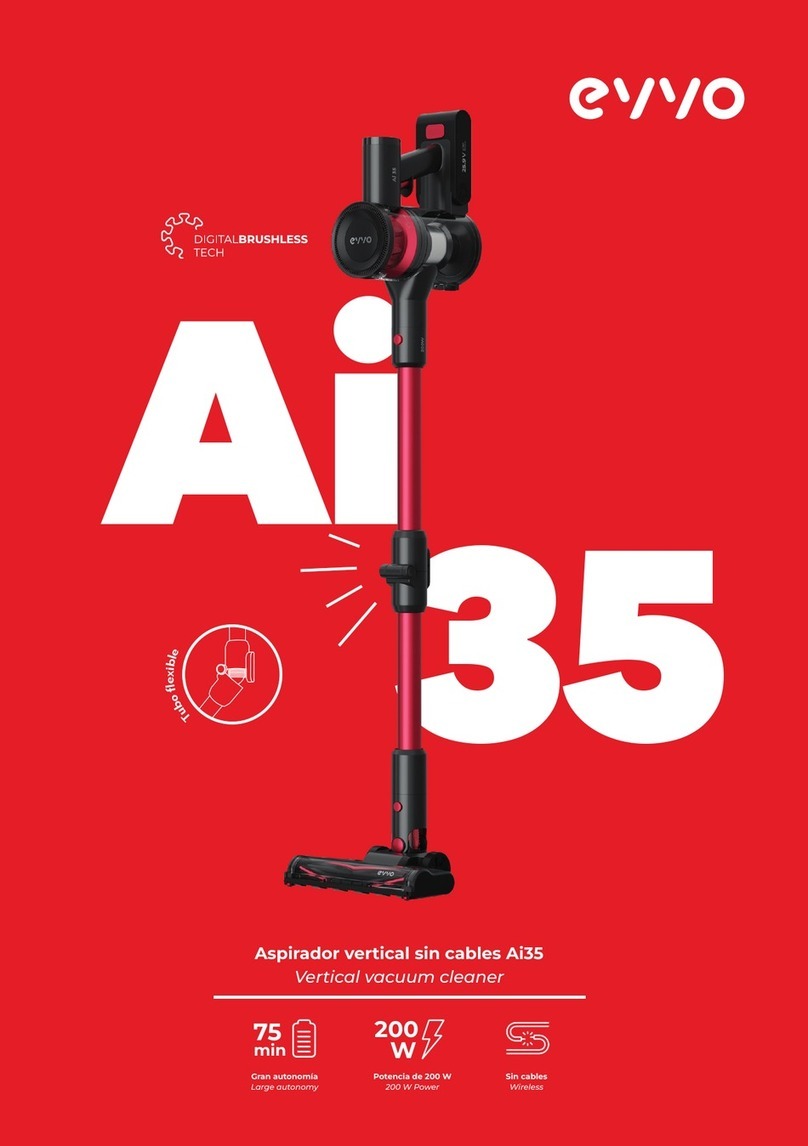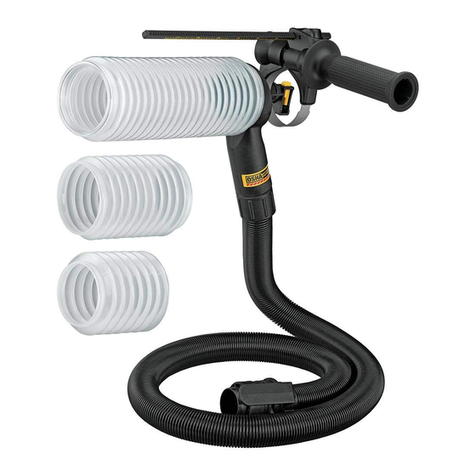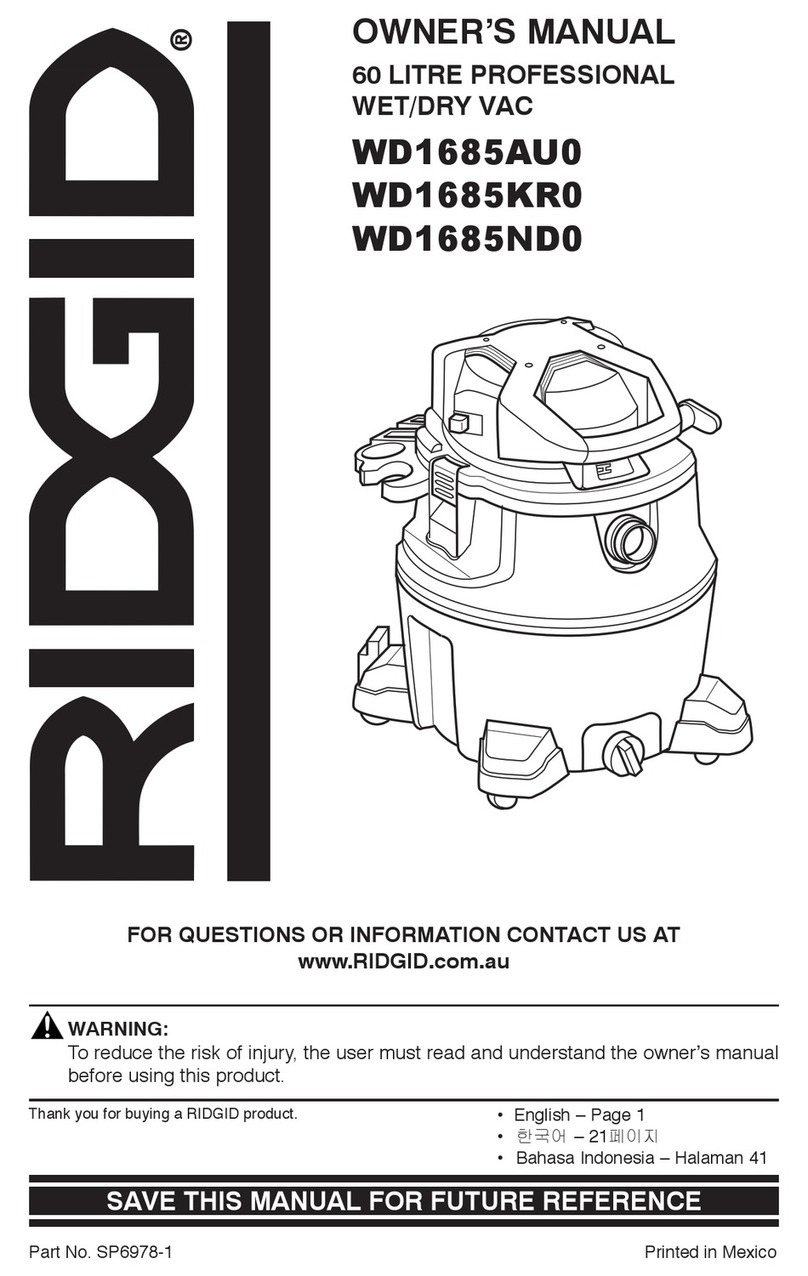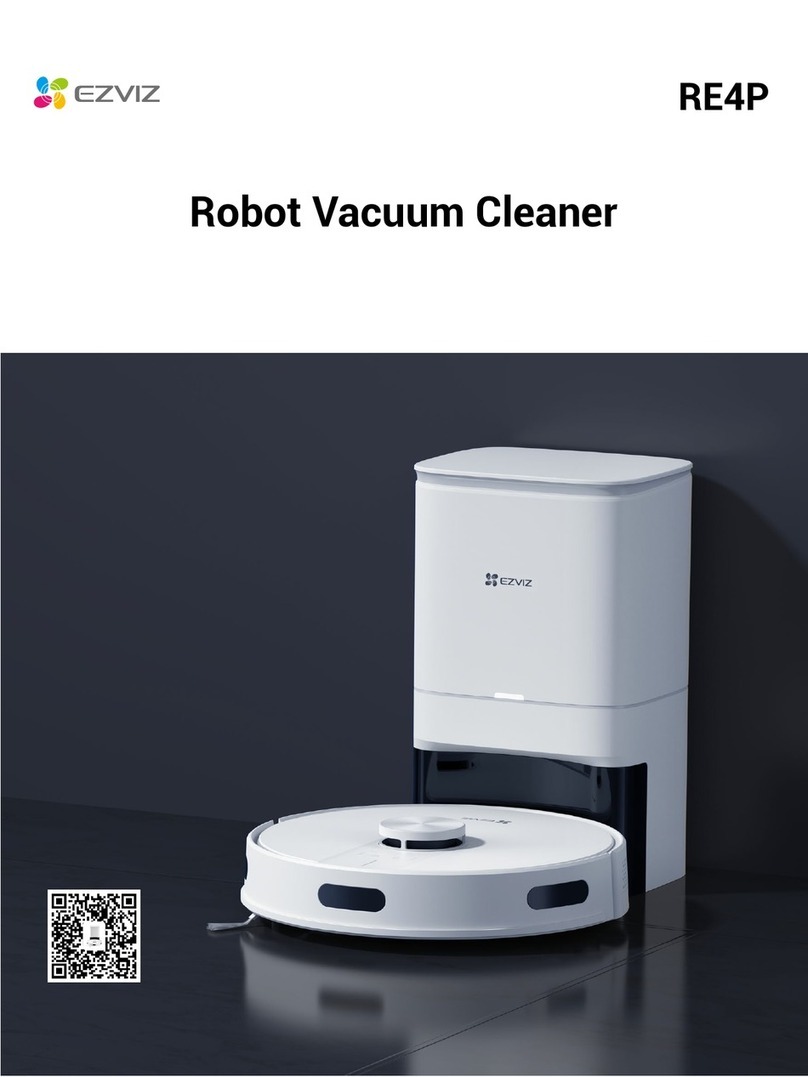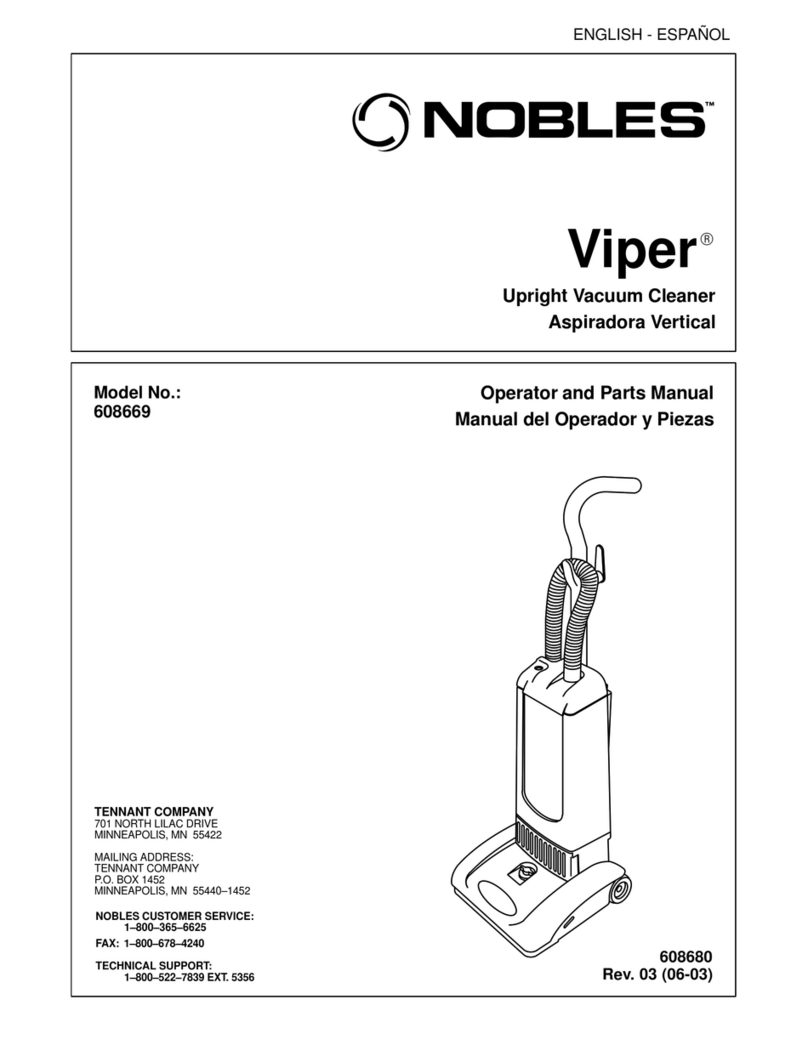3
2
■Check the appliance and the power cord
regularly for any possible damage. Don't use
damaged appliances.
■Don't try to repair the appliance yourself. Always
use an authorised technician for repairs. Always
have faulty power cords replaced immediately
by the manufacturer or a qualified service
organisation. Use the same type of cable in
order to prevent any danger of electric shock
and injury.
■Only use original spare parts and accessories.
Non approved parts or third-party accessories
may be a possible source of danger and cause
the guarantee to become void.
■Check the float often for free movement.
■If you notice liquid leaking from your appliance,
switch it off immediately and unplug it.
■Do not submerge the appliance in water. Make
sure that water is not spilled on the appliance.
■When disposing of the wastewater, make sure
that you observe any legal regulations.
■Only store the appliance in a safe and dry
location outside the reach of children.
■Please also pay particular attention to the
following "Special Safety Rules".
■This appliance is not intended for use by
persons (including children) with reduced
physical, sensory or mental capabilities, or lack
of experience and knowledge, unless they have
been given supervision or instruction concerning
use of the appliance by a person responsible for
their safety.
■Children should be supervised to ensure that
they do not play with the appliance.
■If the supply cord is damaged, it must be
replaced by the manufacturer, its service agent
or similarly qualified persons in order to avoid a
hazard.
■Never vacuum up hot ashes, pointed or sharp
objects.
■Never use the appliance in damp rooms.
■When using the appliance, make sure that no
hair, clothing, or members are drawn in.
■Keep the vacuum cleaner away from heat
sources such as radiant heaters, ovens, and so
on.
DISPOSAL INFORMATION
■The appliance contains electric and electronic
components and may not be disposed of as
SAFETY INFORMATION AND WARNINGS
SPECIAL SAFETY RULES
SPECIFICATIONS
household garbage.
■The local and currently applicable legislation
must be observed unconditionally.
■Carefully unpack the contents of the box.
■Undo the latches.
■Remove the upper section, and remove the
contents from the tank.
■Please check the parts using the components list
to make sure they are complete and that there
has been no damage in transport.
■If any parts are missing or damaged, then please
contact your dealer immediately.
PACKAGING CONTENT
ASSEMBLY
ASSEMBLY
OPERATION
DRY VACUUM CLEANING
Supply voltage:
Max. power:
Psum:
Tank volume:
Hose system:
Filter - dry:
Filter - wet:
230-240V~/50Hz
1500W
2400W
45 l Plastic
64 mm Ø
cartridge filter
foam filter
■Make sure that the connector is not plugged in.
■Undo the latches. (Fig. 2)
■Lift the upper section up and out. (Fig. 3)
■Remove the contents from the tank and turn the
tank over. (Fig. 4)
ROLLER ASSEMBLY
■Put the four rollers in the guides on the bottom
of the tank.
■Check that the rollers have been pushed
completely into the guides.
■Fasten the rollers with four accompanying
screws. (Fig. 5)
FILTER ASSEMBLY
■Insert the foam filter that has been supplied for
wet vacuuming.
(see the section called "WET VACUUM
CLEANING")
■Place the large end of the hose on the front air
intake stub on the tank. (Fig. 7)
WARNING
Keep in mind to position the power head so
that the blower port is sat steadily in
container lid.
WARNING
It is absolutely necessary for you to read,
understand, and observe the section
entitled "Safety Information and Warnings".
NOTE: Never vacuum up hazardous materials.
■Make sure that the appliance is not plugged into
the power mains.
■Place the cartridge filter on the filter basket from
the top, turn on the cartridge filter cap.
(Fig. 11-12)
■After extended use, the cartridge filter can be
cleaned by banging it out or brushing it out.
■Place the upper section on the tank once again
and snap it into place. (Fig. 6)
■Place the large end of the hose on the front air
intake stub on the tank. (Fig. 7)
■Select a nozzle or the wand and slide it over the
vacuum hose. (Fig. 8)
■Make sure that the ON/OFF switch on the
appliance is in the "OFF" position (position "0")
before you plug the power plug into the
receptacle.
■Plug the power plug into the receptacle.
■Switch the motor on (ON/OFF switch in position
"I").
■When you have finished vacuuming, switch the
motor off by putting the ON/OFF switch into the
"OFF" position (position "O").
■Unplug the power plug.
NOTE: Never vacuum up hazardous materials.
WET VACUUM CLEANING
■Make sure that the appliance is not plugged into
the power mains.
■Check to make sure that the tank is free of dust
and dirt.
■Remove the cartridge filter and install the foam
filter over the filter basket. (Fig. 13)
■Place the upper section on the tank once again
and snap it into place. (Fig. 6)
■Place the large end of the hose on the front air
intake stub on the tank. (Fig. 7)
■Select a nozzle or the wand and slide it over the
vacuum hose. (Fig. 8)
■Make sure that the ON/OFF switch on the
appliance is in the 'OFF' position (position "0")
before you plug the power plug into the
receptacle.
■Plug the power plug into the receptacle.
■Switch the motor on (ON/OFF switch in position
"I").
■When you have finished wet vacuuming, switch
the motor off by putting the ON/OFF switch into
the "OFF" position (position "0").
■Unplug the power plug.
■After use, empty and dry the tank.
■Tip: If you want to vacuum up a large quantity of
liquid from a sink or a tank, please don't put the
entire suction nozzle in the liquid; rather leave a
little space so that some air can also be drawn
in along with the liquid.
■The appliance is equipped with a float switch
that will stop the vacuuming when the tank is
full. You will notice that suction has stopped by
the motor now running faster. In this event,
switch the appliance off and unplug it.
■Be aware that the full tank can be very heavy. In
this event, place the appliance over a drain and
carefully open the outlet screw. (Fig. 14) The
contents of the tank can now drain out to a
great extent.
■Remove the upper section from the tank and
pour the rest of the liquid into a suitable tank or
drain. Then, you can continue vacuuming after
you have replaced the upper section and drain
outlet.
■After wet vacuuming, switch off the appliance
and unplug it. Empty the container and
clean/dry it inside and outside before putting it
away.
WARNING
After wet vacuuming, please proceed as
described in the section entitled "Dry
Vacuuming" before you dry vacuum again.
See figure 1-3
■Select a nozzle or the wand and slide it over the
vacuum hose. (Fig. 8)
NOISE DIFFUSER
■For quiet operation during vacuuming, install the
noise diffuser into the blower port by inserting
the locking end of the diffuser into the blower
port and turning clockwise to lock into place.
(Fig. 9)
■After using and cleaning the appliance, store
the accessories by attaching them to the
corresponding holders on the vacuum cleaner.
(Fig. 10)
WARNING
It is absolutely necessary for you to read,
understand, and observe the section
entitled "Safety Information and Warnings".
